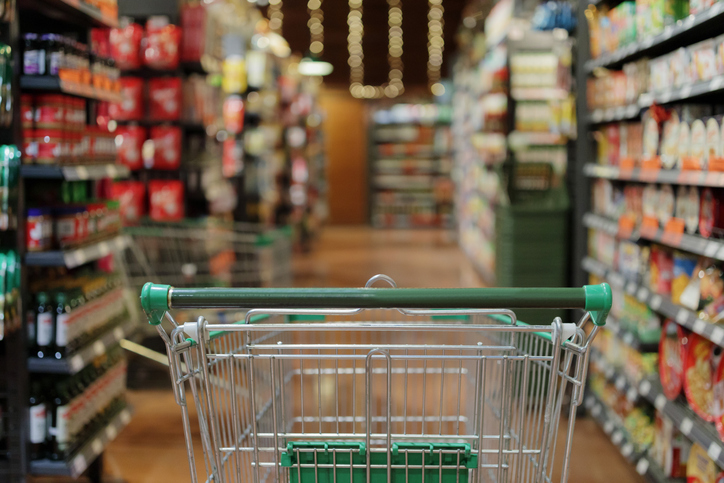
In 2022, the northern Australia food technology innovation project was established to investigate the business and technical case for producing shelf-stable foods using novel food-processing technologies in the Northern Territory and the north of Western Australia.
Shelf-stable foods are products that have been processed (thermally treated or dried) so that they can be safely stored in a sealed container at room temperature for a long time. These products can be distributed without being kept cold, which reduces costs and increases supply-chain resilience. Products that are thermally treated to sterility can also bypass most biosecurity barriers to interstate and international trade.
The project opens a pathway to drive economic growth and enhance regional food resilience.
Most of Australia’s food processing takes place in the nation’s south. Food supply chains for northern Australia are thousands of kilometres long and vulnerable to natural disasters, supply-chain shocks like the Covid-19 pandemic, and fuel shortages. Given the vast distances, it’s plausible that a sustained fuel outage could compromise normal supply chains and lead to a food crisis in remote areas of northern Australia.
The project proposes that an initial pilot plant be built to lower the risks of building a modern food-processing sector in the north. It would involve the development of a certifiable, small-scale facility that pilots multiple food-processing lines. The plant would serve as a proving site for products and markets, providing investors with confidence in the sector’s future, and as a hub for research, development and training.
The project’s market research indicates that demand for shelf-stable and long-life foods in developed economies is increasing, especially in the Asia–Pacific. The value of shelf-stable seafood sales is predicted to rise across these markets between 2022 and 2027 at a compounding annual rate of 4.4%. Processed red meat sales are predicted to grow at 2.9% in the same period. These estimates are based on the region’s population growth, regional nations’ trade agreements with Australia, limited cold supply-chain reliability, and semi-regular food-security issues.
Potentially lucrative products to prioritise could include meal ingredients, snacks and convenience foods, health and beauty products, ready meals and luxury pet food. If processed, northern Australia’s surplus low-value or out-of-specification red meat, horticultural products and seafood could be converted into these higher-value shelf-stable products.
Any commercial-scale facility in the north needs feedstock-reserve capacity to overcome seasonal supply issues and to allow a plant to function year-round. For this to work, a large-scale drying capability is needed, possibly focusing on heat pumps or other novel technologies that are highly efficient in tropical conditions. Similarly, overpressure thermal sterilisation would likely use convenience plastic or biopolymer packaging rather than cans or glass. Industry 4.0 technologies will be critical to achieving a competitive advantage in the sector.
A pilot plant would inject an estimated $19 million into the local economy over two years, adding $5.2 million in direct value to the industry. It would directly support around 50 local jobs per year during the construction phase, and 24 ongoing jobs when ramped up to full production mode. With flow-on benefits for the community included, the total economic benefit could be as much as $25 million.
Food processing represents a huge economic opportunity for northern Australia, but governments need to get involved and help build this capacity to give the sector confidence. There’s no path to get the industry off the ground without a strong foundation that cultivates the region as fertile ground for future commercial investment.

